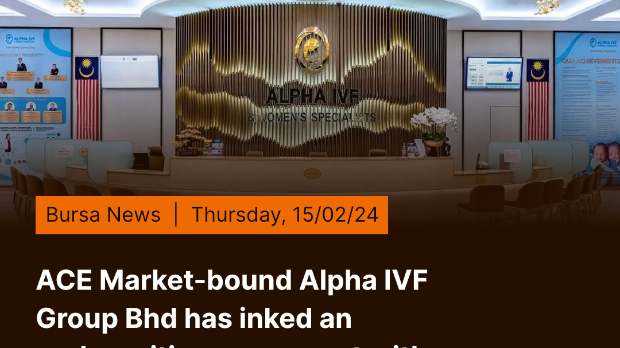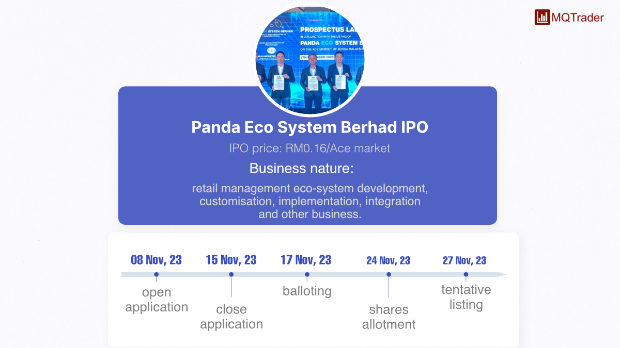Why Tasco? (Set to benefit from Bank of Japan's QE program) - Target price RM4.50
itjustabouttheprofit
Publish date: Sat, 01 Nov 2014, 09:07 AM
I am here to ANSWER a simple question. Why Tasco?
Refer to the news last friday, the NIKKEI 225 soars to 7 years high (up 4.83% in single days!!) on Bank of Japan surprise move to Japan’s monetary base at an even faster pace, by by unexpectedly expanding its programme of quantitative easing. The bank’s existing measures, a “different dimension” of easing from past efforts, were already daringly bold. Now it will swell Japan’s monetary base at an even faster pace, by around ¥80 trillion ($712 billion) each year, up from ¥60 trillion-70 trillion currently.
Tasco Berhad, part of Nippon Yusen Kabushiki Kaisha (NYK Group) - one of the largest shipping company in the world , is set to benefit from the quantitative easing programme.
http://en.wikipedia.org/wiki/Nippon_Yusen
Before any discussion started, let me explain about what is quantitive easing programme.
http://www.moneycrashers.com/what-is-quantitative-easing-explained/
What Is Quantitative Easing?
The Federal Reserve prints money to finance the purchase of government treasuries from financial institutions in an effort to pour extra money into the economy. The idea is that these institutions will in turn be more willing to lend out money at lower rates, thereby helping the central bank achieve and maintain low interest rates.
In addition, quantitative easing can fuel economic growth since money funneled into the economy should allow people to more comfortably make purchases. This can have a trickle down effect on both the consumer and business communities, leading to increased stock market performance and GDP growth.
The important thing to remember is that quantitative easing generally leads to short-term benefits with the risk of exacerbating long-term problems. As a result, it is often used as a last resort when the economy faces a great risk of a recession or depression.
Reasons the Fed Uses Quantitative Easing
The Federal Reserve uses quantitative easing for a variety of reasons:
- Foster maximum employment. The Fed argues that money printed through the QE program can be used to help create new jobs for Americans since businesses should end up with more cash on hand to finance new hirings. However, critics argue that any actual employment benefits are only temporary.
- Encourage lending. The general premise behind this claim is that central banks can reduce long-term interest rates by buying treasuries. In providing financial institutions with more cash, these institutions should be more willing to lend out money at lower rates. Such loans then act to further stimulate the economy through higher consumer spending and business development.
- Encourage borrowing. Low interest rates tend to encourage increased borrowing. Although this can help stimulate the economy, some argue it also has the tendency to encourage customers and businesses to take on unnecessary debt. At the same time, some level of debt and leverage is essential to the growth of any economy, especially one in dire straits.
- Increase spending. The theory is that as more money enters the economy, consumers will have more to spend. This will in turn increase company profits and create more jobs, helping stimulate the stock market. Ultimately, these factors should result in newfound consumer confidence and an economic recovery.
- Complement low interest rates. Another tool used to stimulate the economy is the federal funds rate. By setting this rate low, the Fed can effectively encourage lending. But what if this rate is already low, and yet the economy continues to struggle? Consider the case in the late 2000s when the federal funds rate was set between 0% and 0.25%. The central bank could not lower the rate any further. As a result, quantitative easing gave the Fed another monetary tool to stimulate the economy through an increased money supply.
Tasco Berhad, one of the company from Nippon Yusen Kabushiki Kaisha (NYK Group), which located in Japan. As the clients of Tasco Berhad mainly consists of Japanese client, the company are set to benefit from the quantitative easing programme which will boost the economy of Japan.
Also, as per announcement from last quarter, we have noticed that the company have fully utilised the new high spec warehouse in Shah Alam, which lead to improvement of EPS from 5.73sen to 9.97sen per quarter. (73% increase).
So, what is the target price for Tasco Berhad?
According to research report from RHB Bank, the price target for Tasco Berhad have been priced at RM3.90, 30% upside from current price RM3.00. RM3.90 have been priced before the quantitative easing's news kicks in. Hence I believe the business of Tasco Berhad will be improved after BOJ surprise move on quantitative program. My personal target price will set as RM4.50, which is 50% upside from the closing price of RM3.00 on 31 October 2014.
http://klse.i3investor.com/servlets/ptres/25327.jsp
Lastly, buy at your own risk and enjoy trading!!
Related Stocks
| Chart | Stock Name | Last | Change | Volume |
|---|
More articles on Ultimate undervalue club
Created by itjustabouttheprofit | Dec 08, 2020
Created by itjustabouttheprofit | Sep 04, 2018
Created by itjustabouttheprofit | Aug 28, 2016
Created by itjustabouttheprofit | Jun 05, 2016
Created by itjustabouttheprofit | Apr 16, 2016





















